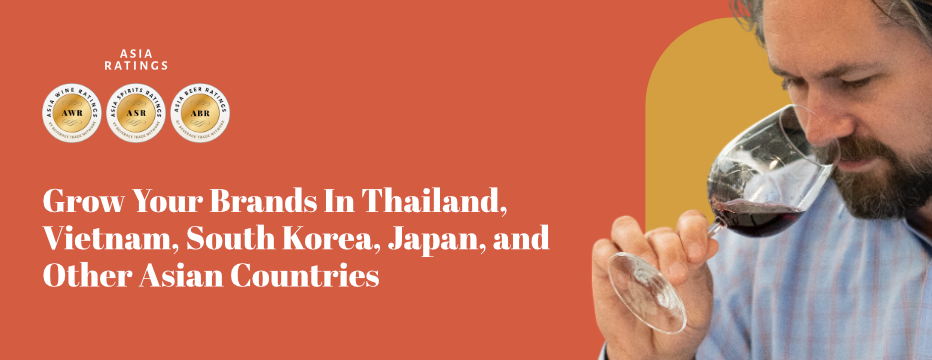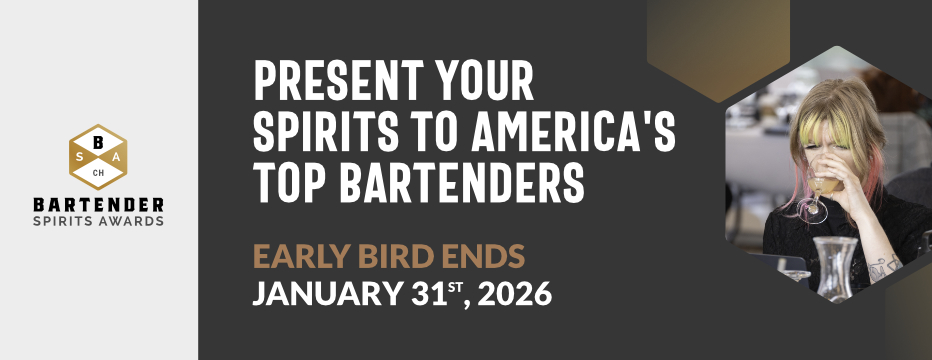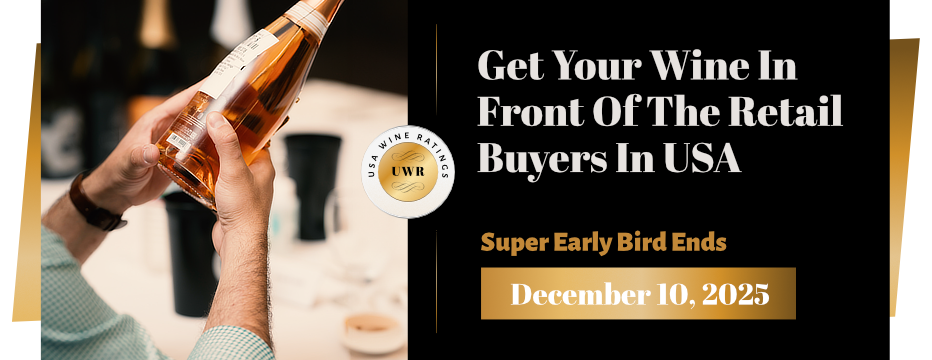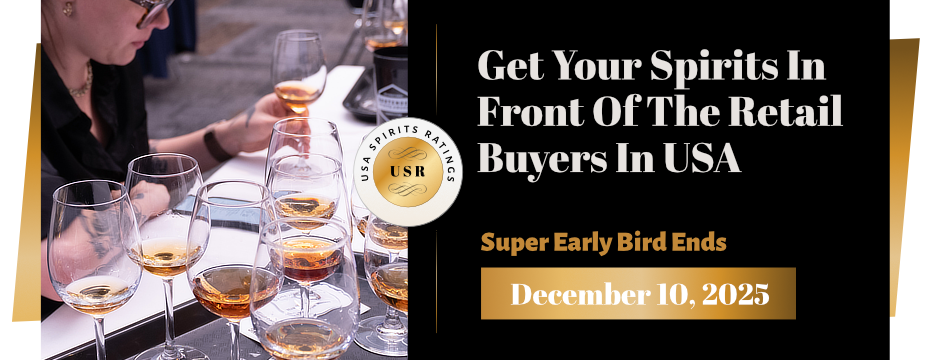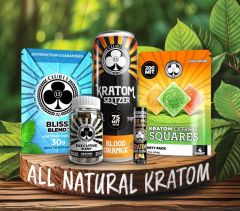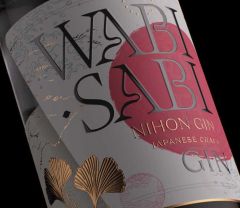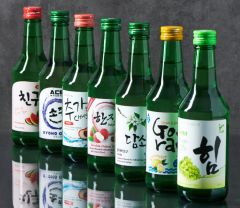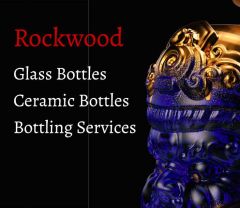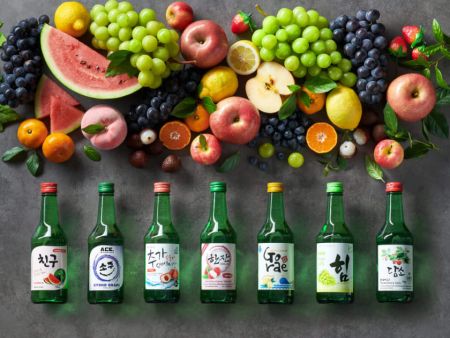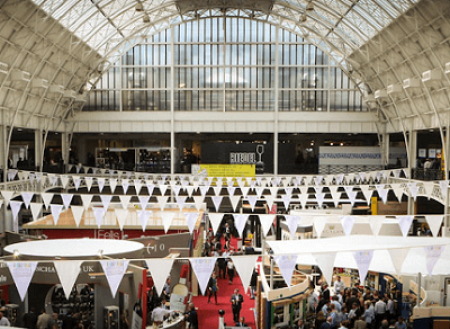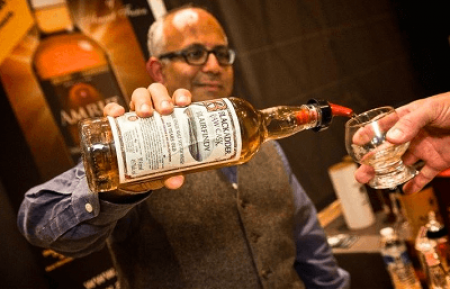Sommeliers Choice Awards 2025 Winners
Protecting Intellectual Property in Your Brand
Katja Loeffelholz, a registered attorney with the United States Patent and Trademark Office and of counsel with Dickenson, Peatman & Fogarty discussed with BTN on how brand owners can protect their Intellectual Property.
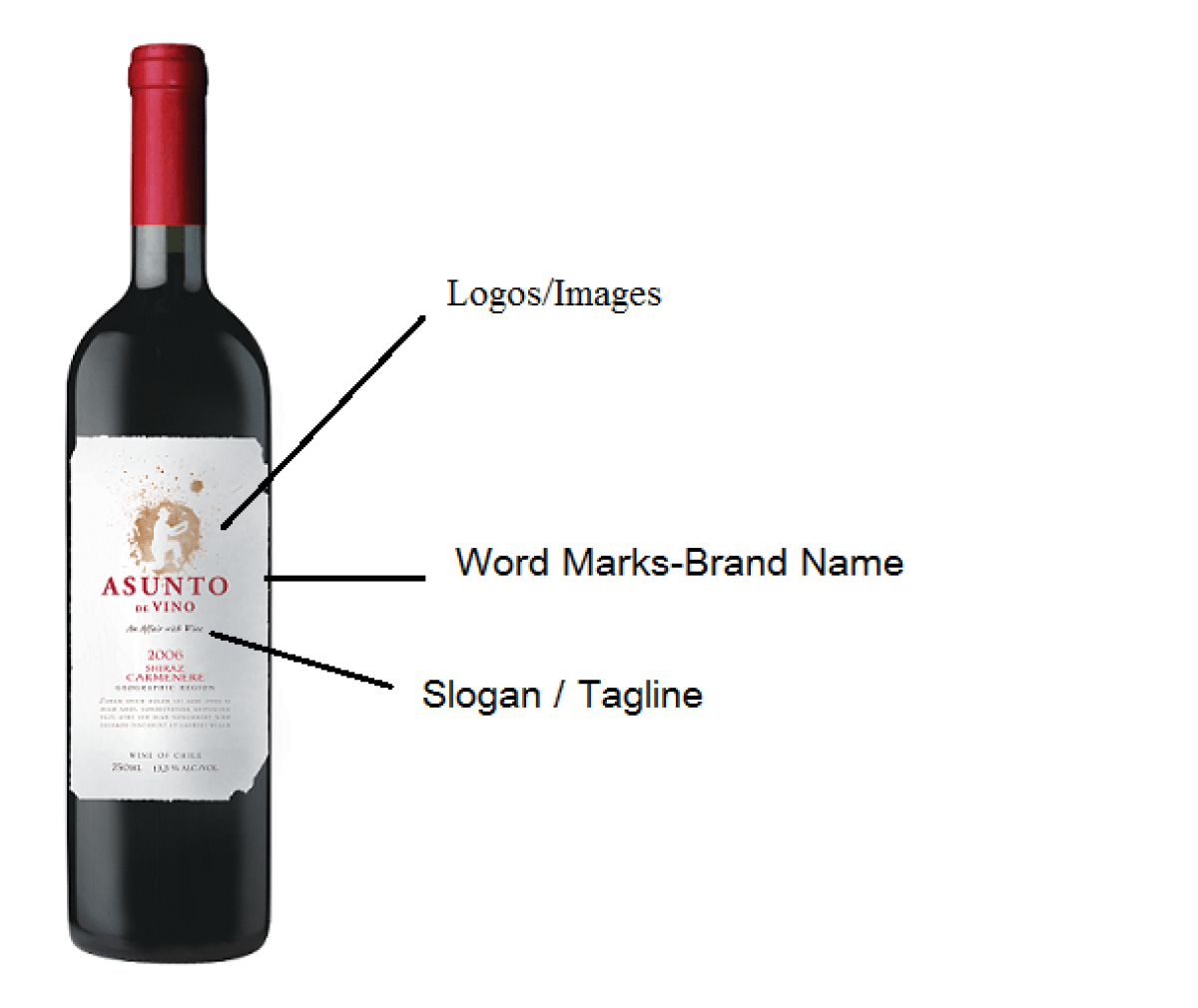
Protecting Intellectual Property in Your Brand
The first step in building brand equity is to identify the elements of a brand that can hold value. In addition to the brand name or trademark, consider protectable elements in the product packaging, e.g., label design, logo, images and bottle shape.
A trademark can be most anything that triggers brand association in the mind of consumers.
A trademark is a word, name, symbol or device, or any combination thereof, used in commerce to designate the source of a good or service. This definition encompasses words, images, configurations, colors, sounds and smells.
Word Marks-Brand Name
The most commonly known marks are the word marks, marks that consist of terms or characters and most commonly reflect the product’s brand name. It is the brand a consumer would ask for at a restaurant, supermarket or liquor store. For example, the words ASUNTO DE VINO represent a brand and function as a trademark. Word marks can be and are protectable trademarks, even if in a foreign language.

(above is an example ONLY not a real trademarked slogan)
Logos/Images
In addition to word marks, symbols such as logos, designs or images can function as trademarks. For the ASUNTO DE VINO label, the design elements of the image of a grape picker functions as a mark This design element could be protected by itself and may be used with or without the brand name of the wine.
Tagline/Slogans
In addition to word marks, a slogan or tagline may also be protectable as a trademark. The sub-brand or slogan “AN AFFAIR WITH WINE” also found on the ASUNTO DE VINO label is protectable as a mark. Thus, one wine label can contain several protectable trademarks.
A slogan can also be protected in and of itself apart from use on a label. A well know slogan comes to mind: “WE WILL SELL NO WINE BEFORE ITS TIME” a trademark owned by Constellation Brands, Inc. to represent its PAUL MASSON brand wine. “PLEASE STICK YOUR NOSE IN OUR BUSINESS” is a trademarked slogan owned by Vintage Wine Estates, Inc. representing it’s CARTLIDGE & BROWNE wine brand’s offbeat way of expressing the attitude that wine should not be taken so seriously!
Color
Color can also function as a mark. For example, Freixenet has two registered trademarks including color for sparkling wines. The colors matte black and gold have been exclusively used by Freixenet for its sparkling wines and functions as a trademark for that product.
Configurations
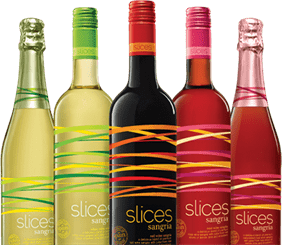
Similar to color, configurations can also function as trademarks. Offbeat IP, LLC owns a mark consisting of a three-dimensional configuration of a specific design feature for packaging, i.e., lines of various dimensions circling a bottle in various directions and crossing over each other to give the appearance of ribbon. Offbeat uses the distinctive criss cross ribbons to designate its wines separate and apart from its wine name brand SLICES. The prevalent use of these distinctive ribbons allowed to Offbeat to register the ribbon design as a trademark thus preventing any other winery from using a similar ribbon design.
Product Feature
A single element of wine product packaging can be trademarked. Wineries are trademarking their distinctive capsule design. Thus, a single product feature such as a capsule, cork, box or bag for wine can be trademarked.
Label Design
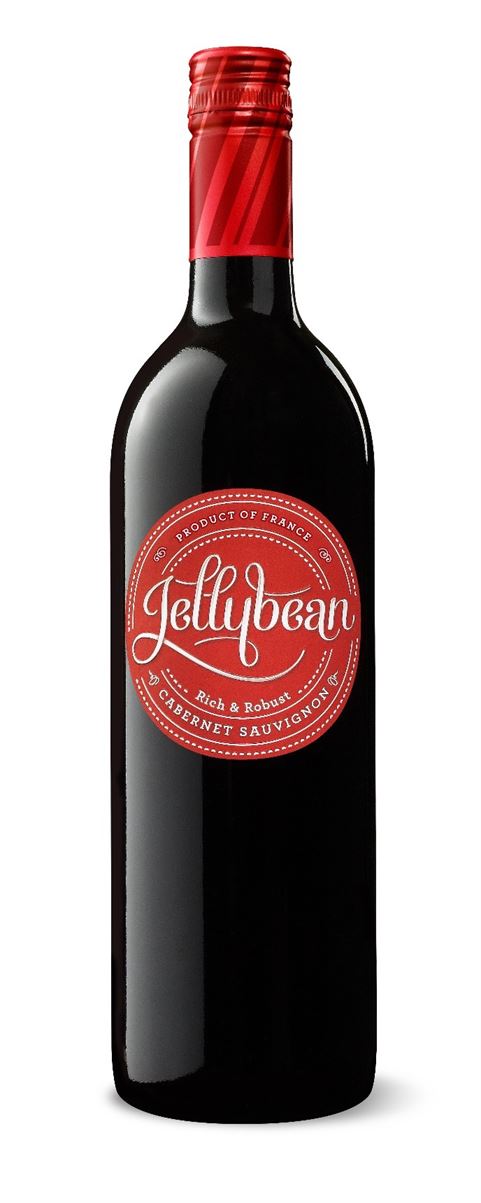
The protectable design elements in a wine label itself can be trademarked. Offbeat owns the word mark JELLYBEAN for wines. Offbeat also trademarked its label design. The mark consists of a circle with the word JELLYBEAN in stylized letters in the center surrounded by two broken circles of miniature jellybeans and two broken circles of solid lines.
Overall Product Packaging
Overall trade dress is the combination of color, graphics, shape, and design of a product’s packaging. Trade dress represents the “look and feel” of the overall packaging or brand image. Appropriating all the graphic elements of a wine label can lead to a claim of trademark infringement. When you see packaging or labeling that is “too close” to your own, for example when someone uses the same color, design elements, type face, color placements, etc. but uses a different brand name and a distinctly different type of wine, you still may have a claim for trademark infringement as consumers have an imperfect recollection of brands. It is prudent to check with trademark counsel they will be able to help you determine the merits of a possible claim.
Design Patents
Another potential strategy is to seek patent protection for unique and nonfunctional designs. In the alcohol beverage industry, this typically means unique bottle designs or closures. A design patent claims a unique bottle shape and provides the owner the exclusive right to make, use or sell bottles with that design for the life of the patent. A design patent covers the design of an object, so long as the design is not required by the function. Moreover, the design must be novel as not obvious to one of ordinary skill in the art. Unlike trademarks, design patens are based on registration. Thus, design patents have a limited life span of 14 years. But as long as the design patent remains in force, the owner of the design patent has the exclusive right to make, use or sell the patented design.
Protecting the Protectable Elements of a Brand
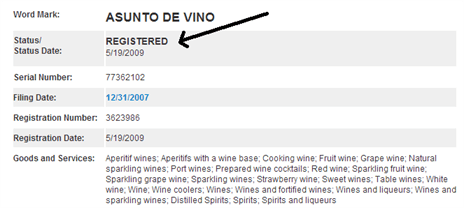
Once you have identified the protectable elements, the next step in building brand equity is to protect the intellectual property. This process begins by preparing and submitting trademark and design patent applications with the appropriate government body in the various countries around the world in which you plan to sell your beverage.
It is imperative to take a long term view in securing protection as most countries operate on a “first-to-file” basis, thus the first one to submit the application for a brand will gain an advantage. The United States is a member of the Madrid Protocol and one can apply for trademark protection under an International Registration in several countries based on the U.S. trademark registration. Canada, Hong Kong and several Latin American countries are not members of the Madrid Protocol and one will need to submit an application directly with that country’s intellectual property office to obtain protection.
Protecting your brands intellectual property will cost significantly less then the investment in the labels and packaging itself (labels, closures, bottles, packaging, marketing materials, etc.). Take a closer look at your brands...consider protecting the investment. The investment may prove valuable should the emulators arrive. With so many factors to consider, it’s important that a company creates brands, labels and packaging that are memorable and protectable.
Should you need assistance in identifying protectable elements of a brand or securing registration in the U.S. or world wide, please contact Katja Loeffelholz, a registered attorney with the United States Patent and Trademark Office and of counsel with Dickenson, Peatman & Fogarty at kl@dpf-law.com.
KATJA LOEFFELHOLZ
DICKENSON, PEATMAN & FOGARTY
1455 FIRST STREET, SUITE 301 | NAPA, CA 94559
T: 707.252.7122 | F: 707.255.6876
KL@DPF-LAW.COM | WWW.DPF-LAW.COM
BTN would like to thank Katja Loeffelholz for the article.

